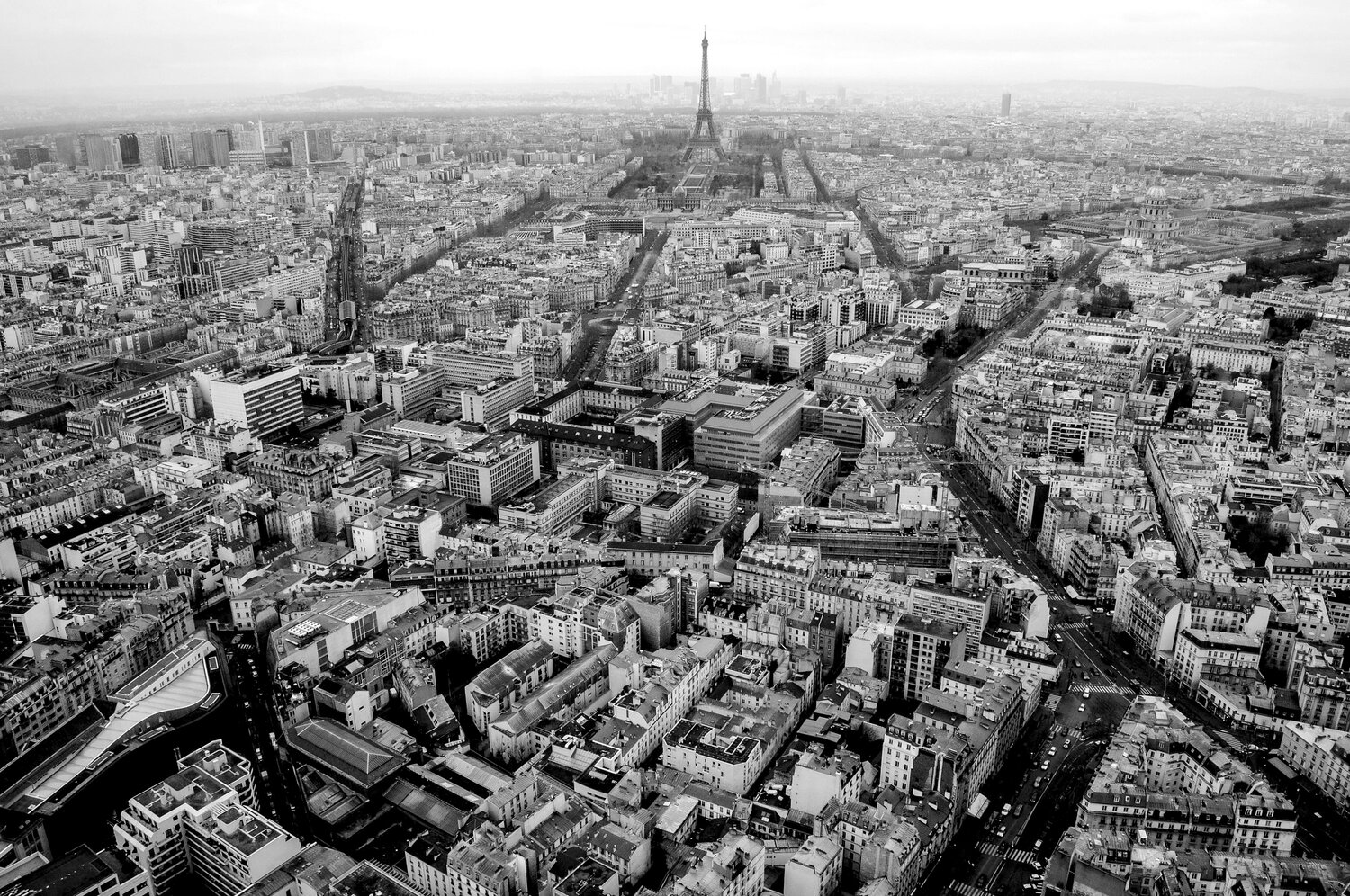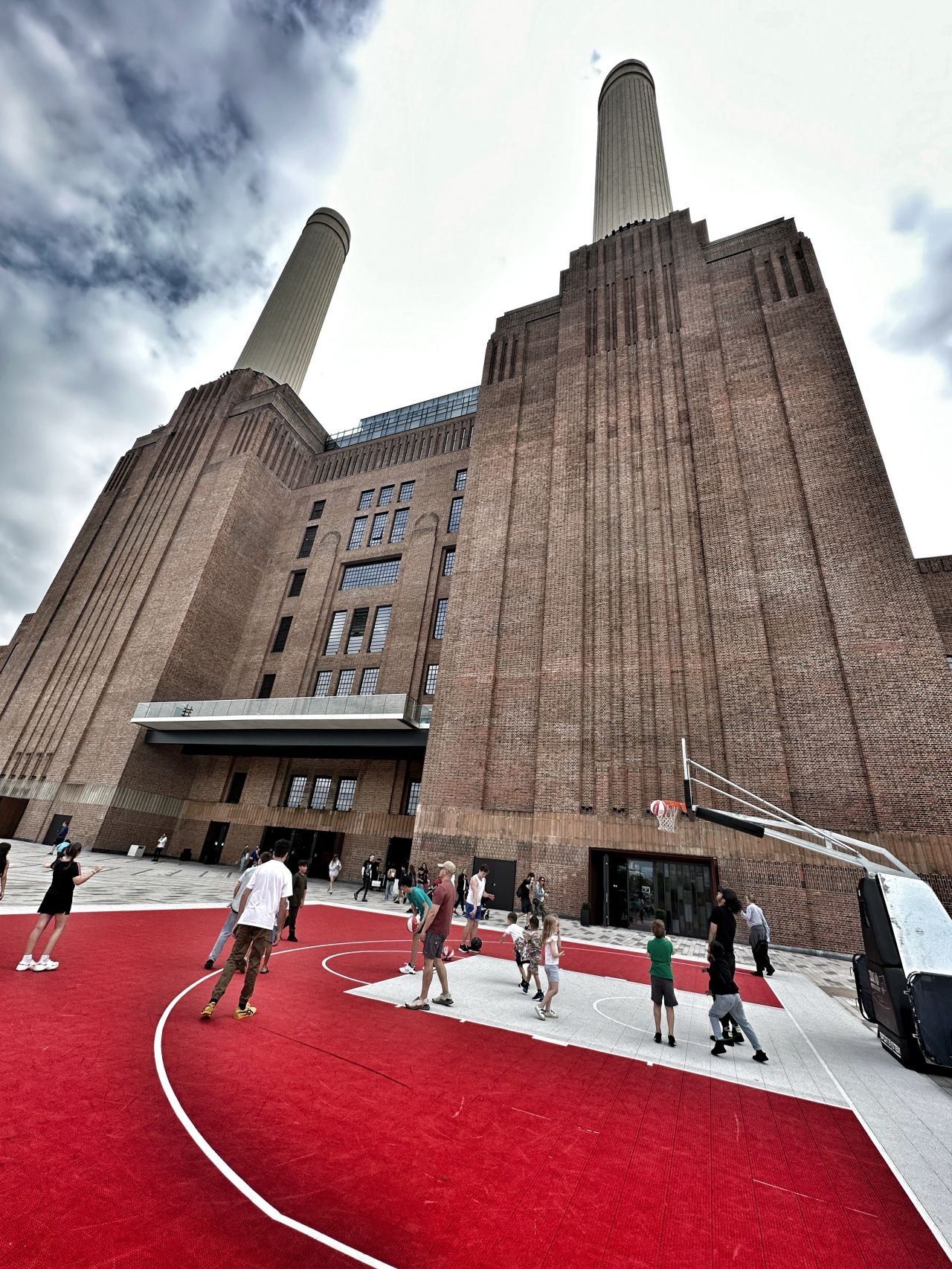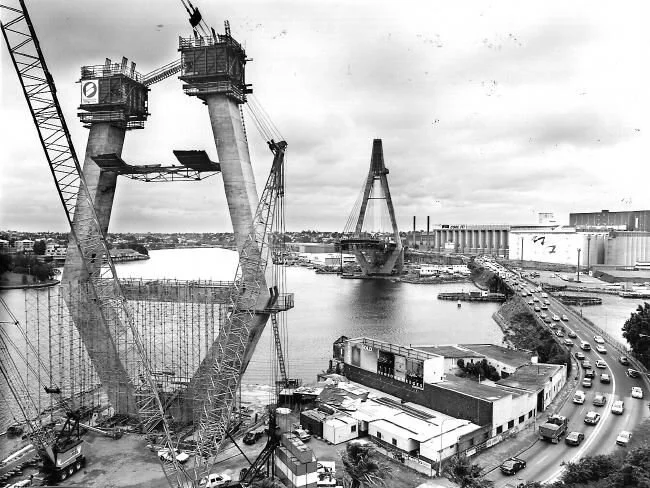Camera in hand, I recently explored London's Kensington and Chelsea - home of Grenfell Tower. A distinct socio-economic divide between the north and south, the Borough epitomises the inequality that exists across wider London.
On the 14th of June 2017, West London watched as a 24-storey public housing block was engulfed in flames. Fear and panic gripped the streets below as hundreds screamed for help from inside.
At least 71 people have been confirmed dead. A a 2015 study showed that the neighbourhood surrounding Grenfell was among the top 10% most deprived areas in England - those who perished were some of the London’s poorest and most vulnerable.
Just two kilometres south-east of Grenfell sits Victoria Road - Britain’s most expensive street - where house prices average at £8 million ($14,000,000). As I walked past the rows of immaculate terrace houses, security lights clicked on, a tell tale sign that the owners live abroad. Nearby shopping districts epitomise glitzy consumerism - Mercedes Benz cars, shopping bags and botox. With so much money pouring into the local council, it’s no wonder it holds a reserve in excess of £274 million ($466 million).
Kensington and Chelsea is a microcosm of divided London, and unfortunately, the local authority has been a representative of only its most elite residents. Although those in Grenfell had complained about fire safety issues for years, their voices had fallen on deaf ears. It’s recently been argued that had fire extinguishers been installed, 99% of those in the building would have survived.
Kensington and Chelsea's North
Kensington and Chelsea's South
The tragic events of the 14th of June have shocked this beautiful city to its core, yet early indications suggest that it hasn’t been in vain: the council leader soon resigned and an investigation has begun to determine if corporate manslaughter has been committed; we’ve seen conversations regarding deprivation and inequality rise to the forefront of political discussion, Jeremy Corbyn has called the disaster a product of the ‘brutal’ system of inequality; and the city’s Mayor, Sadie Khan, has proposed that the Prime Minister appoint a social housing Tsar.
In the wake of Grenfell commentators have pointed to the resonance of contemporary London with the one Dickens describes in ‘A Tale of Two Cities’. The echoes are hard to ignore, and the city’s wealthy are being warned of a social uprising from classes below. It seems London’s eyes have turned their focused on the government’s response to Grenfell. If systemic housing policy changes are not initiated, social discontent will surely intensify.













































